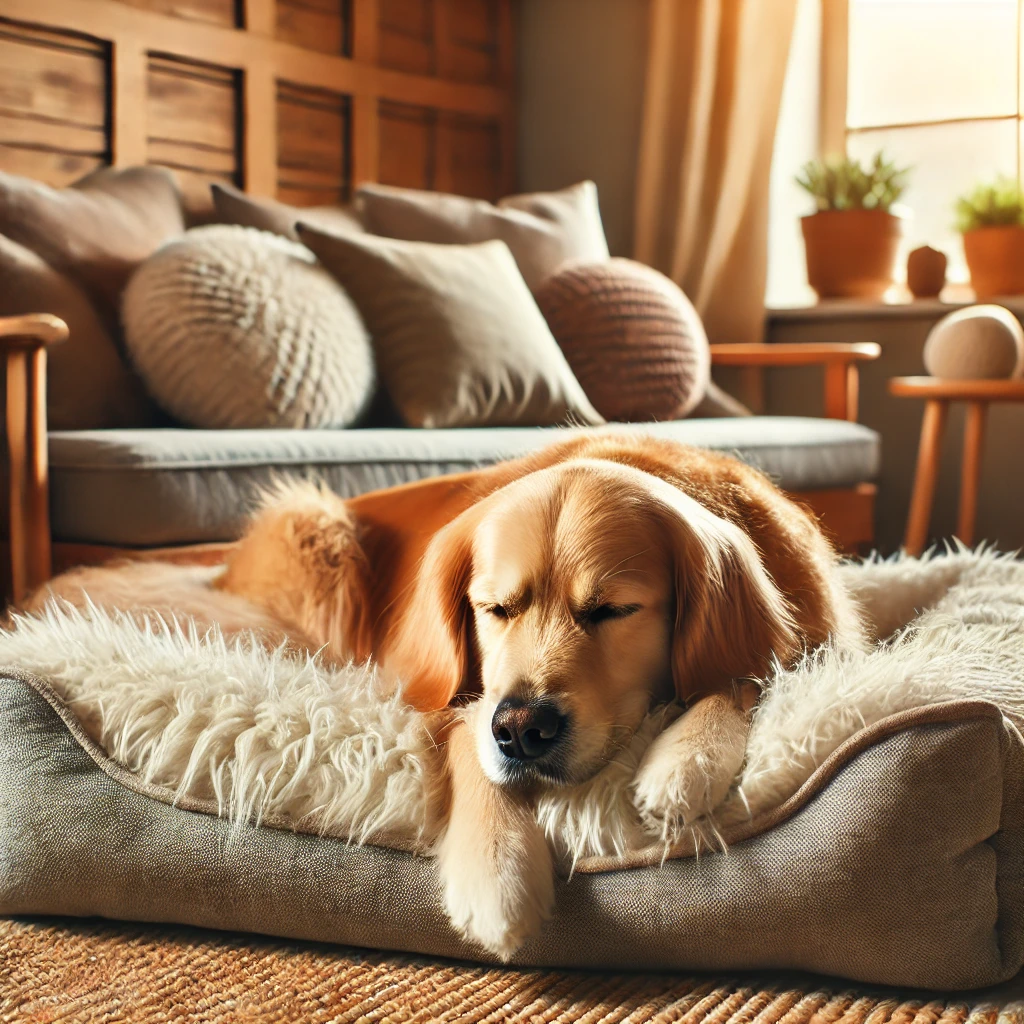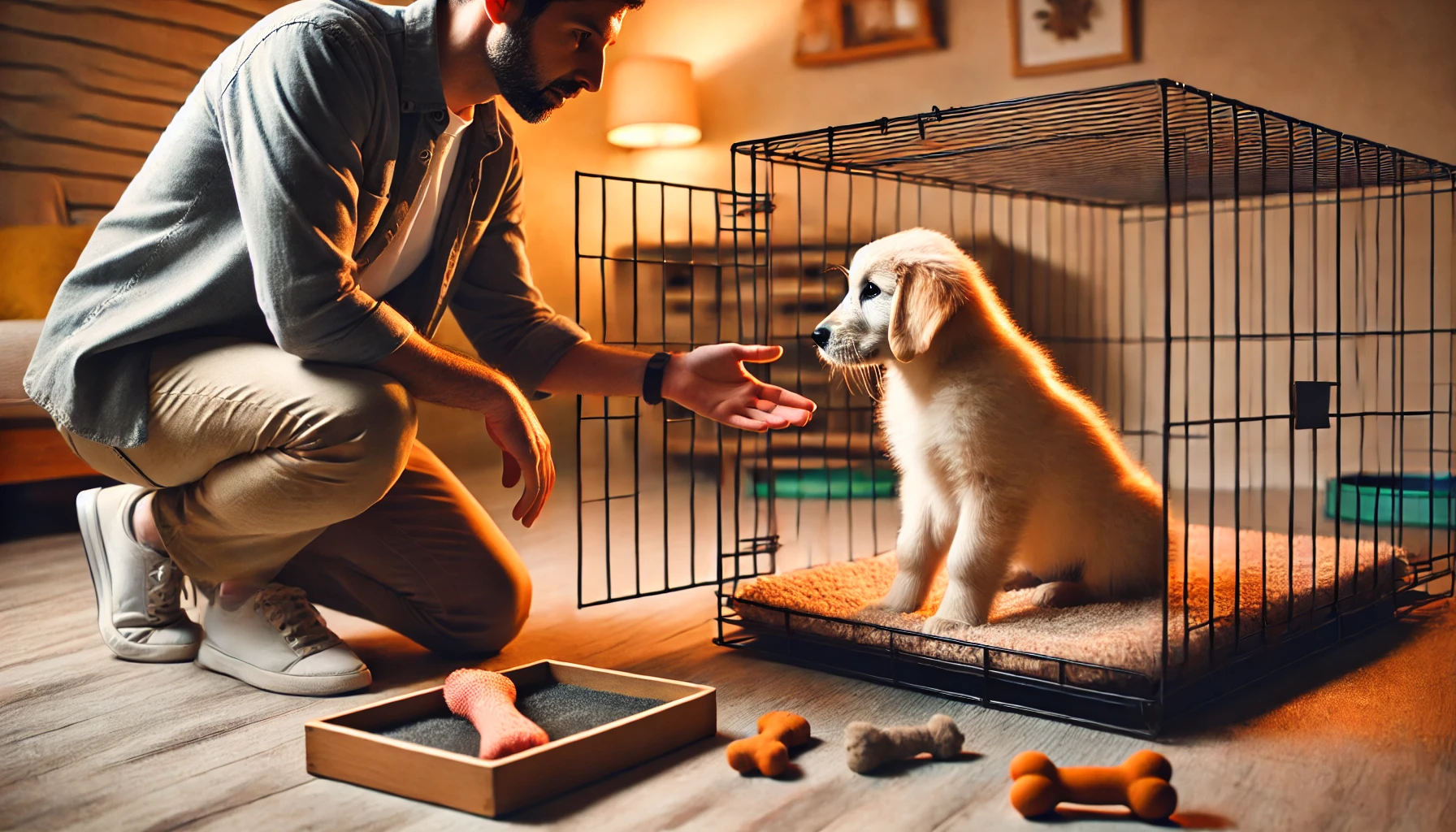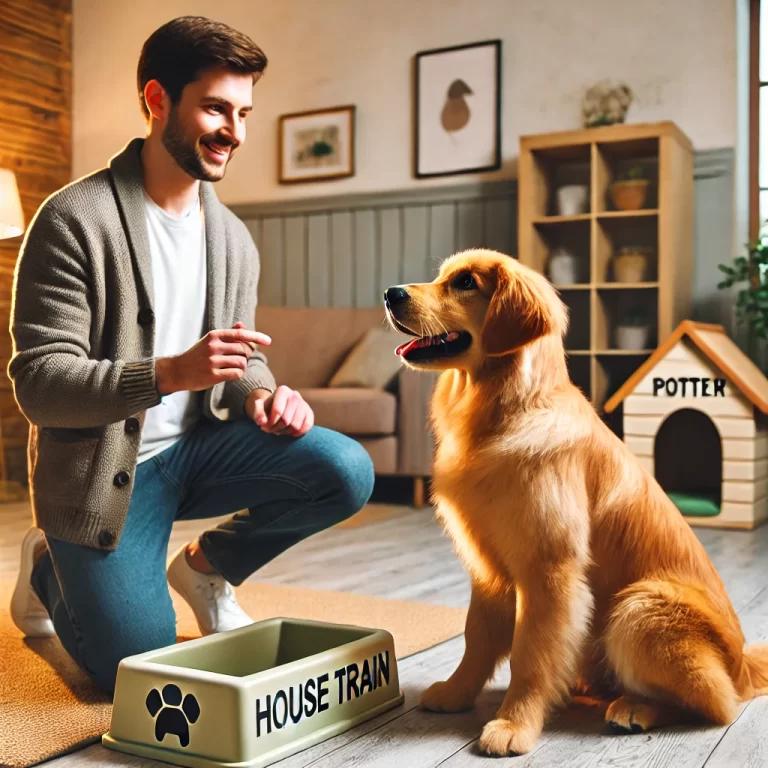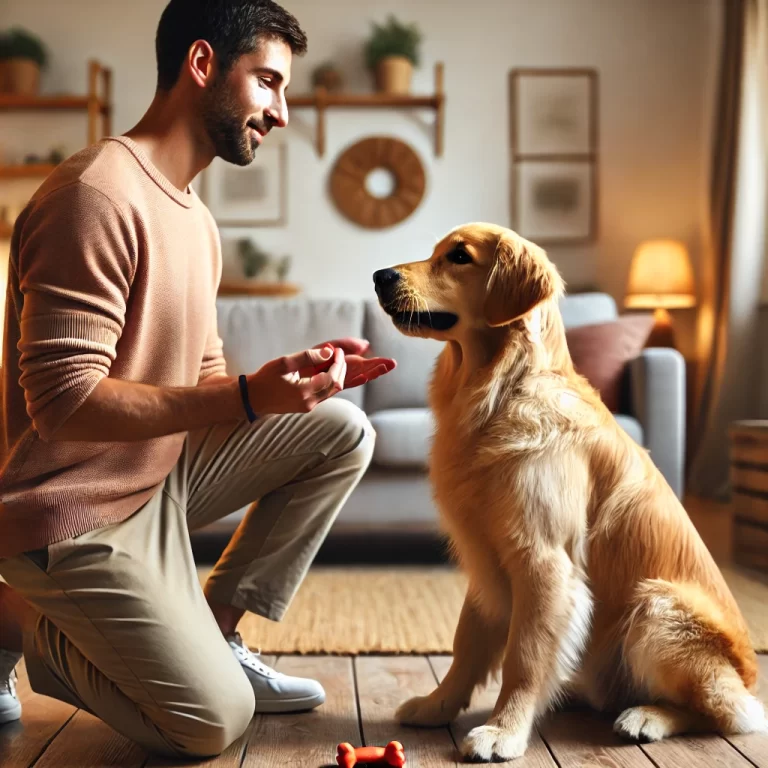How to Crate Train a Dog? A Step-by-Step Guide for Pet Owners
Crate training is an effective method to provide your dog with a secure and comfortable space while promoting positive behaviors. When done correctly, crate training helps with housebreaking, prevents destructive behavior, and makes traveling easier. However, improper crate training can lead to anxiety and stress. In this guide, we’ll walk you through the best way to crate train your dog step by step.
Why Crate Train Your Dog?
Crate training is not about confining your dog; it’s about giving them a safe retreat. Here are some key benefits:
- Aids in House Training – Dogs naturally avoid soiling their sleeping area, making crates useful for potty training.
- Prevents Destructive Behavior – A crate prevents your dog from chewing furniture, shoes, and other household items.
- Provides a Safe Space – When dogs feel overwhelmed, a crate can be their personal retreat.
- Eases Travel and Vet Visits – If your dog is used to a crate, transporting them in a crate will be much less stressful.
Choosing the Right Crate
Selecting the right crate is crucial for effective training. Here’s what to consider:
1. Size Matters
Your dog should be able to stand, turn around, and lie down comfortably. However, the crate shouldn’t be so big that they can use one end as a bathroom.
2. Type of Crate
There are different types of crates:
- Wire Crates – Great for ventilation and visibility, collapsible for storage.
- Plastic Crates – More enclosed, making them ideal for dogs who need a sense of security.
- Soft-Sided Crates – Good for travel, but not ideal for dogs who chew or scratch.
- Furniture-Style Crates – Blend into home décor while serving as a functional crate.
3. Comfortable Bedding
Line the crate with a soft mat or blanket to make it inviting. Avoid thick bedding for puppies, as they might chew it.

Step-by-Step Crate Training Guide
Step 1: Introduce the Crate Positively
- Place the crate in a common area where your dog spends time.
- Keep the door open and let your dog explore it at their own pace.
- Add treats, toys, or a favorite blanket inside to create a positive association.
Step 2: Feed Your Dog in the Crate
- Start feeding your dog their meals near the crate.
- Once they are comfortable, place the food bowl inside.
- Close the door for short periods while they eat and open it when they’re done.
Step 3: Encourage Short Crate Sessions
- Once your dog is comfortable entering the crate, start closing the door for a few minutes.
- Stay nearby at first, then gradually increase the duration.
- Use positive reinforcement like treats and praise when they remain calm.
Step 4: Gradually Extend the Time
- Increase the crate time while staying in the same room.
- Begin leaving the room for short periods while they’re inside.
- Avoid letting them out when they whine, as this reinforces bad behavior.
Step 5: Crate Train Overnight
- Place the crate near your bed for the first few nights.
- If they whine, ensure they don’t need to go potty before ignoring attention-seeking behavior.
- Once they sleep through the night, you can move the crate to a preferred location.
Common Crate Training Mistakes to Avoid
1. Using the Crate as Punishment
Never force your dog into the crate as a form of punishment. This will create negative associations.
2. Leaving the Dog in the Crate Too Long
Dogs need exercise and social interaction. A crate should never be used for extended periods.
3. Rushing the Process
Every dog is different; some may take days to adjust, while others take weeks. Patience is key.
4. Ignoring Whining Completely
If your dog whines excessively, ensure they don’t need a potty break. If they just want attention, wait until they calm down before letting them out.
How Long Should a Dog Stay in a Crate?
Here are general guidelines based on age:
- Puppies under 8 weeks – Avoid crating for long periods.
- 8-10 weeks – 30-60 minutes at a time.
- 11-14 weeks – Up to 3 hours.
- 15-16 weeks – Up to 4 hours.
- Adult dogs – 4-6 hours max during the day, overnight if necessary.
When to Stop Crate Training
Some dogs will always love their crates, while others may not need them after proper training. If your dog behaves well when left alone and doesn’t destroy things, you can start leaving the crate open or removing it altogether.
Final Thoughts
Crate training is a powerful tool when done correctly. It provides safety, discipline, and comfort for your dog while making house training and travel easier. The key is to keep it a positive experience with gradual training, rewards, and patience.
Would you like me to refine this further or add anything specific?







